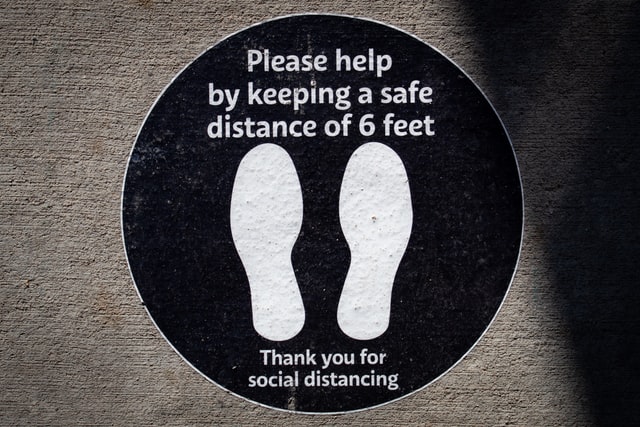Automated social distance estimation in smart cities using deep learning

It is without a doubt that current technologies can greatly aid the process of monitoring and ensuring the health and safety of citizens, especially when seamlessly integrated within the context of smart cities. The recent COVID-19 pandemic has pronounced the need for automatic health and safety situation monitoring more than ever, as social distancing is considered to be a crucial measure for dampening the spread of the virus.
It is difficult to ensure that the social distancing restrictions are met in public and crowded areas. Thankfully, it is possible to automate this difficult task by using state of the art deep learning methods that detect people in images and automatically estimate the distances between them in an automatic and non-intrusive manner. This technology can be integrated into smart cities by exploiting the visual information provided by surveillance cameras installed in crowded public areas, such as shopping malls and airports, where social distancing violations can be detected and the necessary precautions can be taken, accordingly.
The challenge
There is a lack of public methods and datasets for this task, as the need for social distance estimation methods has not been as significant before the pandemic. Researchers from Aarhus University, in a collaboration with researchers from Tampere University, proposed such a method in a research paper [1] where they offer a novel algorithm for automatically detecting distances between people in images. Moreover, they contribute an image dataset that contains the measured distances between every pair of persons to facilitate research efforts from experts worldwide, in learning how to estimate social distances in non-intrusive ways and for evaluating their performance.
References
Considering a 3rd or 4th (in some countries) wave of COVID-19 cases is anticipated in different places, do you believe that such a technology could be useful and/or well received by citizens? The applications could include the issuing of warnings, informing people about places that are too crowded, and more.
Please share your thoughts using the MARVEL contact form or by reaching out to us via our Social Media accounts Twitter and LinkedIn.
Signed by: the AU team
Menu
- Home
- About
- Experimentation
- Knowledge Hub
- ContactResults
- News & Events
- Contact
Funding

This project has received funding from the European Union’s Horizon 2020 Research and Innovation program under grant agreement No 957337. The website reflects only the view of the author(s) and the Commission is not responsible for any use that may be made of the information it contains.

